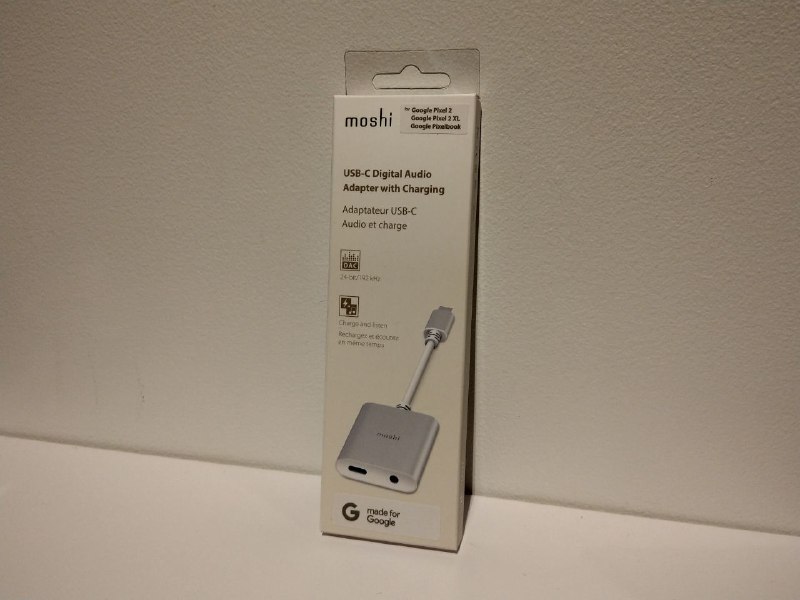![]()
Readers and industry commentators alike are miffed about the absence of the 3.5mm headphone jack on Google’s new Pixel 2 phones. Hearing the complaints loud and clear, Google has taken to its product support page to explain the removal.
To say “headphone jacks are on the way out” is incorrect, according to Google. The company took a playful stab at Apple’s removal of the 3.5mm jack on the iPhone 7 in their marketing campaigns for the original Pixel last year, so it’s going to take a bit of manoeuvring to get out of this one.
“The Pixel 2 still has a headphone jack“, is their first retort, just that instead of a 3.5mm headphone jack, it’s a USB-C port. We’ve thought about this statement since it was made after the October 4 event. It’s a bit cheeky, and its technically correct – the best (and worst) type of correct.
Google is correct to say that this standard is becoming commonplace in the best phones and laptops of today, but it’s becoming – it hasn’t become. It’s a stretch. USB C audio output is present in some phones of today, notably the HTC U11 and Motorola Moto Z. HTC’s USB C earphones in particular are notorious for refusing to work on other devices, but it’s not been clear whether it’s HTC’s – or everyone else’s – fault. It’s a quagmire.
Even so, that’s a bit outward-looking. The reasons for switching to a USB-C audio port should have nothing to do with what others are doing. Instead, it should be focused on what audio over USB C brings over a standard 3.5mm jack. Google’s explanation is that USB-C audio provides “a better audio and digital experience”.
They do go a little further, explaining that as phone bezels get thinner and thinner, and phones themselves become narrower, there’s less space inside the phone for a 3.5mm audio jack. This is a refrain we’ve seen before – Oppo introduced the R5 a few years ago without a 3.5mm audio jack based on the device’s thin profile, but the port returned on subsequent R-series phones.
Google might also do well to note that other slim phones on the market like Samsung’s Galaxy S8, Galaxy Note 8 and LG’s G6 and V30 (which even shares a lot of DNA with the Pixel 2) all feature 3.5mm audio jacks. It’s also worth noting that the Pixel 2 is shipping with some of the biggest bezels of 2017.
It does appear that the lack of 3.5mm audio jack on the Pixel 2 is actually more about trying to ensure parity in features and specs between the new Pixel phones, so they both share the same basic technical specs and the only choice facing a user is screen size (and shape). They do both feature stereo front-facing speakers, a feature most the other phones do not have.
Google go on to list some of the USB-C headphones available as well as other headphones that make the grade to be verified compatible with the Pixel 2 (of course, the Pixel Buds are at the top of the list). If you’re buying USB C headphones that are not on the list, you should “make sure they are compatible with digital audio and other standards”. Helpful advice.
The Pixel 2 comes with a USB-C to 3.5mm adapter in the box. If you want to charge your phone at the same time as listening to audio though, you’ll need an adapter. Google says “other USB-C to 3.5mm adapters/splitters should work” as long as they are compatible with the digital audio standards.
Google’s new Made For Google accessory certification program should drive creation of a number of new headphones supporting the standard, and accessories to support users’ habits. We’ve seen an adapter from Moshi that has an extra USB C port and a 3.5mm adapter included, so you can charge and listen at the same time.

Adapter life, it seems, has come to Android.
What do you think? Are we moving in the right direction?



